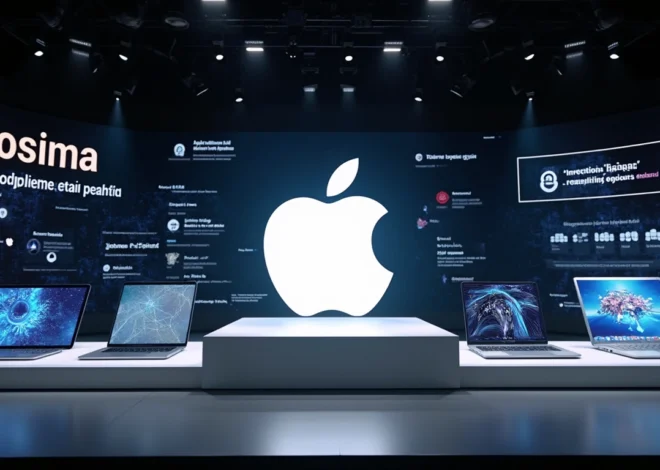
Sophisticated Phishing Campaign Targets Mac Users Through Fake Apple Support
A sophisticated phishing campaign is actively targeting Mac users through deceptive emails and text messages claiming to be from Apple Support, aiming to steal Apple ID credentials and sensitive information. The attackers employ advanced social engineering tactics and carefully crafted fake login pages to trick users into compromising their Apple accounts.
Table of Contents
Key Takeaways:
- The campaign uses sophisticated impersonation of Apple support services through emails and smishing attacks
- Scammers create urgency-based scenarios claiming unauthorized access attempts to manipulate users
- Victims are directed to fraudulent websites that closely mimic Apple’s official login pages
- The attacks demonstrate advanced credential stuffing techniques to bypass security measures
- Implementation of two-factor authentication and vigilant email screening are crucial defensive measures
Understanding the Attack Vector
The phishing attacks begin with carefully crafted messages sent via email or text, creating a false sense of urgency about supposed account security issues. These communications often claim unauthorized access attempts or account verification requirements, pushing users toward immediate action through fear-based manipulation.
The scammers have shown particular focus on targeting Mac users through convincing Apple-themed templates and professionally designed interfaces. Their sophisticated approach includes exploiting browser security vulnerabilities and using Windows.net infrastructure to host malicious content.

Identifying Phishing Red Flags
Understanding how to spot these deceptive messages is crucial for protection. Here are the key indicators of fraudulent communications:
- Grammatical errors and inconsistent formatting
- Non-personalized greetings and generic message content
- Email addresses that mimic but don’t exactly match official Apple domains
- Urgent requests for sensitive account information
Protective Measures Against Phishing
To safeguard against these threats, I recommend implementing multiple layers of security. Securing your devices should be a top priority, starting with enabling anti-scareware protection and maintaining updated Safari security settings.
Looking to automate your security measures? Latenode’s automation platform can help streamline your security protocols and monitoring systems.
Recent Trends in Phishing Attacks
This campaign follows a pattern of increasingly sophisticated phishing attacks targeting browser extensions and cloud services. The attackers have demonstrated advanced knowledge of Apple’s ecosystem and user behavior patterns, making their deceptive tactics more convincing than traditional phishing attempts.
Responding to Suspected Attacks
If you suspect you’ve encountered a phishing attempt, take immediate action. Change your Apple ID password, enable two-factor authentication if not already active, and report the suspicious communication to Apple’s security team. Remember that legitimate Apple communications will never request your password or financial information through email or text messages.


